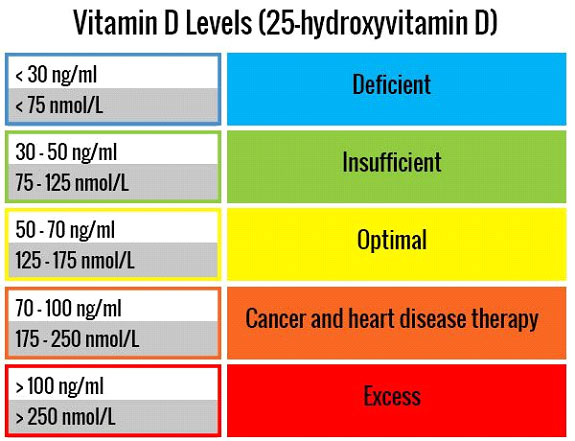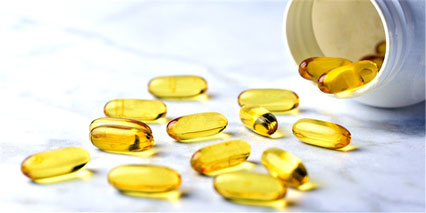

Amongst the growing set of medical conditions that is becoming widespread and extremely common vitamin D deficiency is today in the forefront. In actuality it is a lifestyle problem which has cropped up mainly because of our urban lifestyle end greater reliance on indoor activities. It is even more prevalent in urban cities where the weather is hot, and people are much more likely to live in sheltered accommodation away from the scorching sun. At most times they are trying to move between air-conditioned offices, cars and working places. In the Indian subcontinent darker skin and genetic makeup Predisposes us to get this condition even more commonly. in certain religions and culture because of excessive covering up of the face and the limbs deep penetrative effect of wide of sunlight is reduced making them more prone to get disc.
Vitamin D has very little dietary prevalence and only small amounts can be gained through some fish eating and in eggs. Most of the Western countries supplement vitamin D may it be in bread or in milk. Logically this seems to be a better way to deliver the daily requirement of vitamin D. The other option would be to stand for about 15 to 20 minutes, 3 to 4 times a week under the sunlight ensuring that the arms face and neck are not covered and there is no sunscreen is worn to repel the UV radiation from the sun . The ideal time would be between 10 and 12:00 o'clock in the afternoon. This would ensure a reasonable level of vitamin D.

The normal levels of vitamin D are greater than 30 nanograms/ml till about 120 nanograms/ml. Most studies in the Indian population are showing and mean level of vitamin D to be around 10 nanograms/ml. This surprisingly seems to be prevalent in over 90% of the population irrespective of the socio-economic group.

We are learning much more about vitamin D as the time progresses but it seems to have the most prominent effect on bones where vitamin D is known to be essential for absorption of calcium from the intestines and to a smaller extent to maintain blood Calcium levels by taking it from the bones . Deficiency of this vitamin D causes a decrease in the blood calcium level which stimulates the Parathyroid hormone to deplete the calcium from the bones and put it into the bloodstream as calcium is an essential element for contraction of muscles including the heart. The blood calcium levels cannot hence be allowed to go down even at the expense of weakening the bones.
There are other possible beneficial effects of vitamin D as has been noted in patients with Diabetes, Heart disease, some Cancers, in an elderly population relating to balancing. People have been noted to have unusual clinical complaints because of vitamin D deficiency which include diffuse muscle aches and pains, difficulty in walking and even weakness in the muscles reducing the level of mobility. Very often the elderly people are more predisposed and it would seem that the role of vitamin D in the elderly is possibly more than in the younger group of people. So even if all the advantages of Vit D are not scientifically confirmed it is very advisable to at least maintain the normal range of Vitamin D in the blood.


The blood test for vitamin D can be done very easily and is commonly available. The treatment of vitamin D is presently recommended in the oral form which could be soft gel capsules, powder sachets, liquid syrups or even aerosol spray of vitamin D. There are very few indications for injectable Vitamin D to be given. Patients with kidney or liver impairment are very prone to develop symptoms of vitamin D deficiency as they are unable to convert the native vitamin D to its activated form. people on certain drugs such as anti-epileptics, dark skinned hey people, are also very prone to get vitamin D deficiency
The dosing of vitamin D available in India is in 1000 IU or 2000 IU or 60,000 IU. When managing for deficiency the ideal option would be to start with 60,000 IU for 6 to 8 weeks and then once or twice a month for a long time. It would be a good idea to make up for the calcium loss by giving supplemental calcium as tablet form alongside. Supplementing vitamin D would also be essential when managing weak bones or Osteoporosis. Needless to say, an ideal situation would be some exposure to sunlight every day if able or at least in the winter months.
